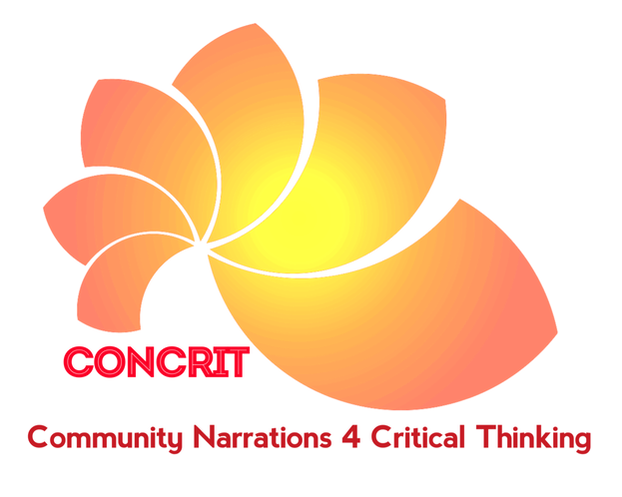Media matters 2 Identifying audiences
Aims of the practice and description of participants[edit]
Participants will practice ‘decoding’ media texts to develop an understanding of media literacy.
Resources, Materials needed[edit]
- Media sources – these could be newspaper or magazine front covers, food packaging, advertisements, social media adverts.
- Laptops/computers/tablets.
- Pens and paper.
Duration[edit]
45 mins.
Step-by-step - what has to be done?[edit]
Ask the participants to get into small groups of 3. Go onto BBC iPlayer ask them to look at the page for each channel; BBC1, BBC2, BBC3, BBC4.
1. Who is the audience?
2. How can you tell this?
3. What techniques are used to attract that audience?
4. What words, images, colours, graphics are used. - 15 mins
Feedback to the main group - 30 mins
Learning Outcomes - which skills are addressed?[edit]
Participants will have:
- Identified different types of language to create meaning
- Gained an awareness of audio/visual “language”
- Started to think critically about what they are seeing, reading, and hearing
How do you check the outcomes are reached?[edit]
In small groups and main group discussions participants will have:
- Answered specific questions that encourage them to explore how media products are targeted to certain audiences.
- Identified ways that media producers appeal to certain audiences through specific visual and audio language.
Further links/readings[edit]
https://literacytoday.ca/primary/reading/reading-strategies/reading-media-texts
https://mediasmarts.ca/media-literacy-101
https://mediasmarts.ca/digital-media-literacy/general-information/digital-media-literacy-fundamentals/media-literacy-fundamentals#key
http://www.medienabc.org/page5/page20/page20.html
https://study.com/learn/lesson/media-literacy-examples-skills.html
